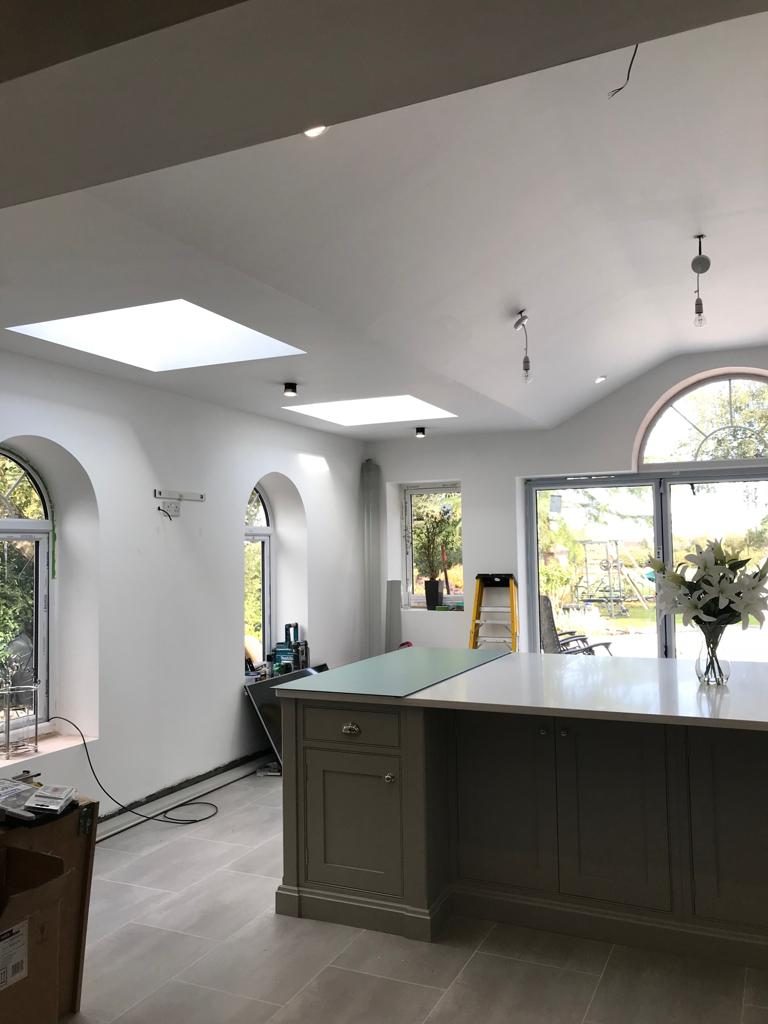
Most people out there think that rendering & plastering are the same and the terms can be used interchangeably. But, the real truth is something else. Professional plasterers use both techniques for different purposes and both of them differ based on their composition & usage.
So, if you’re in the same boat and want to know the differences between rendering & plastering, then the following comprehensive guide will be able to assist you with the same.
The Uses Of Rendering
According to a reliable plasterer in Maidstone, the process of rendering utilises a special kind of plaster that’s used for coating the exterior surface of a building. Once the rendering is completed, you can expect the same to be fireproof, waterproof and will easily make the building look great as well.
When it comes to rendering, there are various types out there and whichever you choose will depend on your needs. They are as follows:
The Uses Of Plastering
As rendering is done on the exterior wall of a building, plastering is done on the interior wall & ceiling of a building. The primary reason why plastering is done is to create a professional, smooth finish on the walls/ceilings so that the surface becomes ready for applying wallpaper or paints.
According to a professional plasterer in Kent, plaster is usually applied with a better finish than rendering, so that a smooth surface is obtained. Plaster is not waterproof or fireproof, but it’s fire & water-resistant at least. After the application of plaster, enough curing time should be provided after which wallpaper can be applied or painting can be done. The process can take either a week or a month to complete. In case you don’t want to wait, then dry lining should be your solution.
For more information on plastering, contact our experts today.
Great job as always.
Promt, friendly and professional service, thanks Dan for plastering my hallway.
Dan done some walls, coving and ceilings in my house. work was done to very high standards would definitely use again
Plastered my Bedroom back in February. Extremely happy with the work and would definitely recommend. Will be using in the future.
Amazing customer service. Professional and friendly. Fitted the job in last minute and could not have asked for a better service! I would never use another plastering service again!
Dan and his team are our first choice Plastering Contractor. Quality is first class and has never let's us down.
Highly recommend, Dan did a great job plastering my kitchen. Will definitely use again.
Mr. White patches some holes in my dry walls. The work was very neatly done and very tidy afterwards. Mr. White was respectful to my property and did a professional job.
Dan and his team did a fantastic job for us when our ceiling came down in our living room. Ace at communication, came out to see us promptly and gave a very reasonable quote, and completed the job in a very professional manner and left the room very tidy. Ceiling looks wonderful and we are so relieved to have a room that's now safe and looks great! Thank you so much.